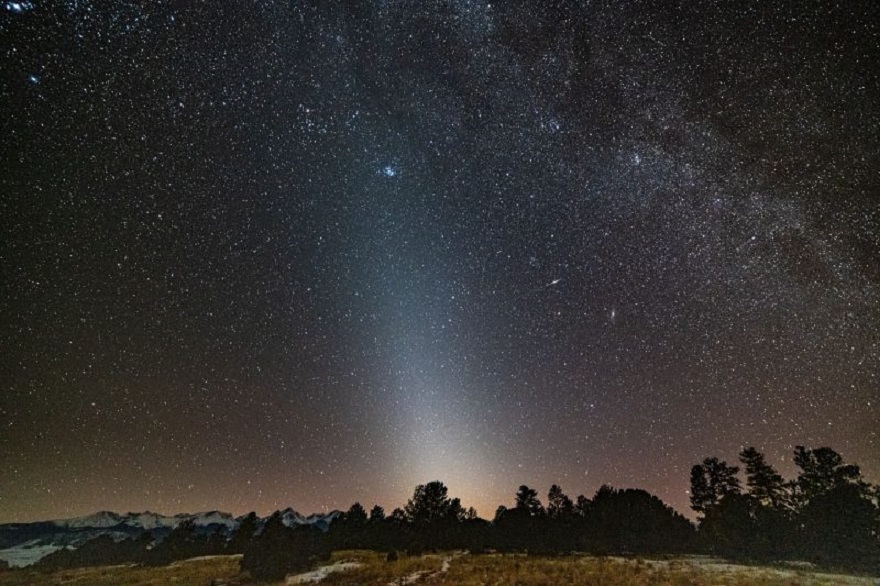Scientists have investigated the reasons why the space between the planets of the Solar System is filled with dust and small rocks. It turned out that it was not collisions in space that were responsible for this, but the heat that meteor showers received from the Sun.

Dust in the Solar System
The entire space between the planets of the Solar System in the plane of the ecliptic is strewn with dust and pebbles. Scientists have known for a long time that it has such a small size that it is able to effectively disperse the sun’s rays. It is responsible for the phenomenon known as the “zodiacal light”.
Until recently, it was believed that high-speed collisions were the cause of the formation of such a huge amount of fine dust. However, a new study published in the journal Icarus shows that this is not the case. Its authors are 45 scientists from various scientific institutions.
In the new theory, the primary source of all dust remains the same as before. They are comets approaching the Sun. In this case, volatile substances like water vapor evaporate, and small pebbles separate from the icy body and form meteor showers.
Heat causes the destruction of meteoroids
The main part of the study is based on the study of how the particle size in meteor showers changes over time. Scientists assumed that if the old theory about the formation of interplanetary dust is true, then meteoroid collisions should be responsible for grinding. This means that the older the stream and the closer it is to the Sun, the smaller the particles should be in it.
To check if this is really the case, the “CAMS” system created by NASA helped. It consists of 15 separate networks of automatic cameras scattered across 10 countries. They constantly monitor meteors entering the atmosphere of our planet. Scientists have developed software that analyzes their brightness and trajectories and identifies which streams they belong to.
To the surprise of astronomers, those meteor showers that are closer to the Sun, and therefore have high kinetic energy, do not consist of the smallest particles at all. Their size correlated rather with the temperature to which the pebbles were heated. This means that collisions do not lead to the formation of interplanetary dust.
Scientists have suggested that it depends on the heat. Heating causes the appearance of internal stresses, which subsequently lead to the complete destruction of meteoroids. This is how the dust responsible for the “zodiacal light” is formed.
According to phys.org
Follow us on Twitter to get the most interesting space news in time
https://twitter.comne/ust_magazine


